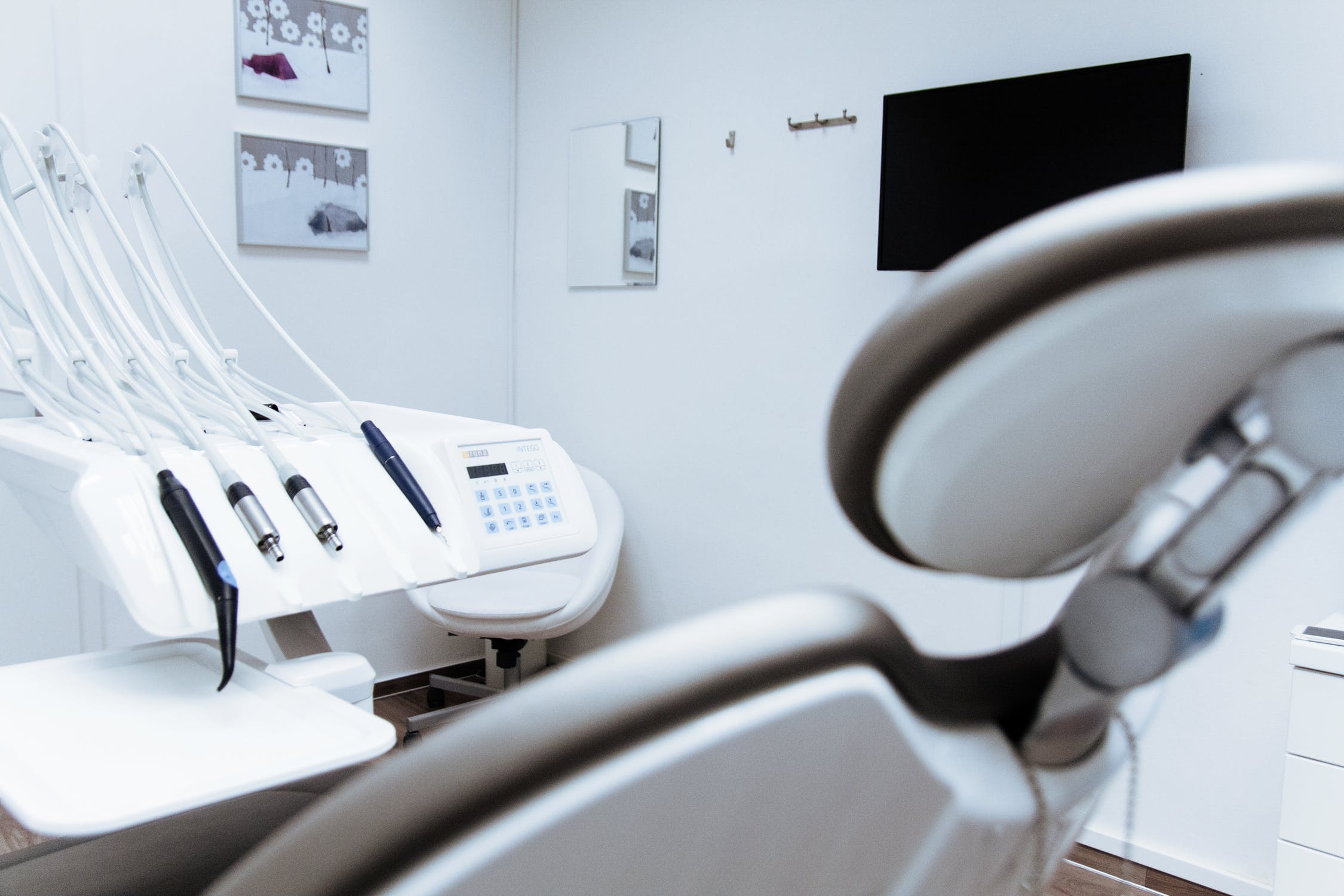The advancements of dental surgery and implant surgery have come a long way since the days that implants made a breakthrough. In the past, it wasn’t uncommon for a dentist to do a long surgery without the need for any guides. However, as people started having problems (not many, but the select few that did), it became more and more popular that dentists started using guides so they could perform the actual implant placements more accurately. Therefore, some people think that having guided dental implants helps make the implant and surgery better, but truthfully, there are only a few differences that guided surgery can have over regular implant surgery.
What Guided Implants Really Do
More than anything, surgical guides can give your dentist the chance to plan your implant completely without actually doing it first. One of the most common ways to do this is with special CAD/CAM software, and then it is made for you. A dentist, like Dr. Tigran DDS, can definitely increase the accuracy and positioning of the implants easier and more efficiently for your surgery, and when the guide is made from your actual mouth structure.
How Are They Made?
First, the patient does a CBCT scan and then they compare that by scanning the guide. This way, they can make a real casted guide based on your mouth after creating a wax mold of it, which is then made later on into the actual guide. There are numerous types of implant guides out there, so that way when the dentist is drilling, he has a good guide in order to go with specifically for you, since everyone’s imprint is different.
Types of Guides
There are a few different types of implant guides commonly used, but with today’s technology there are various CAD/CAM models being the most popular. SAFE guides are one of the newer types of brands (it is a little specific) of implants, but it has a great deal of guidance for the drill, including drill stops so there won’t be any drilling too deep. Universal guides do the same, but they are more or less compatible with all dental brands of implants. A pilot guide is usually the guidance for the initial drilling, but also allows your dentist to be able to see the bone and have more visibility. It’s like an open-ended, but still accurate form of guide.
Conclusion: Should My Dentist Use a Guide?
Some dentists do prefer these types of guides, but as more and more dental work involving implants is being done, some dentists have been able to feel more comfortable with freehand work. If your dentist does not use guides, simply ask how many implant surgeries he has done. If he has done a high number, then it’s possible that he just has the experience and muscle memory that he no longer needs the guides. However, if they have done a few implants, you may want to look for a more veteran approach, or find a dental surgeon who can achieve the implant process for you, while at the same time using a type of guide to ensure your maximum effectiveness and security so they can accurately place your dental implant.

